Determining & Overcoming the Size Limitations of Hot-Dip Galvanizing
What is the largest item that can be hot-dip galvanized?
Hot-dip galvanizing is a complete immersion process, which means the parts must fit in the zinc bath to be coated. Ultimately, size is limited by the dimensions of the galvanizing kettle, but the kettle dimensions of galvanizers vary. In North America, the average kettle length is 40 ft (12 m), but there are many 50-60 ft (16-18 m) long kettles. When it comes to galvanizing items over 40 ft in length or over 6 ft in width or depth, the question “will it fit in the kettle?” is an important one. However, the answer is more nuanced than a simple yes or no. Over the years, the AGA has developed several tools to guide potential customers through the possibilities and alternative solutions when it comes to dipping items seemingly larger than the galvanizing kettle. These tools can benefit projects involving large bridge girders, pedestrian bridges, utility structures, wind towers, trusses, stairways, canopy frames, and more.
On a project specific level and during any phase of a project, AGA offers practical resources to determine whether fabrications can be galvanized due to size, and the options available for larger fabrications.
General Strategy
In the design or bid phases of a project, it is wise to verify kettle constraints with your galvanizer early on. However, for many projects the galvanizing facility is not always known at this stage. In such cases, it is helpful to consider average kettle dimensions, typical kettle dimension ranges, and a list of galvanizer kettle sizes local to key project area(s):
- Average kettle dimensions: 40 ft long, 8 ft deep, 6ft wide (12 m long, 2.4 m deep, 1.8 m wide)
- Typical kettle dimensions: 30-60 ft long, 6-12 ft deep, 5-8 ft wide (9-18 m long, 1.8-3.6 m deep, 1.5-2.4 m wide)
Explore Local Galvanizers: Utilize AGA’s Galvanizer Locator to identify galvanizers in your area. Kettle sizes are listed along with galvanizer contact information, making it easy to find an appropriately sized kettle and speak with the galvanizer.
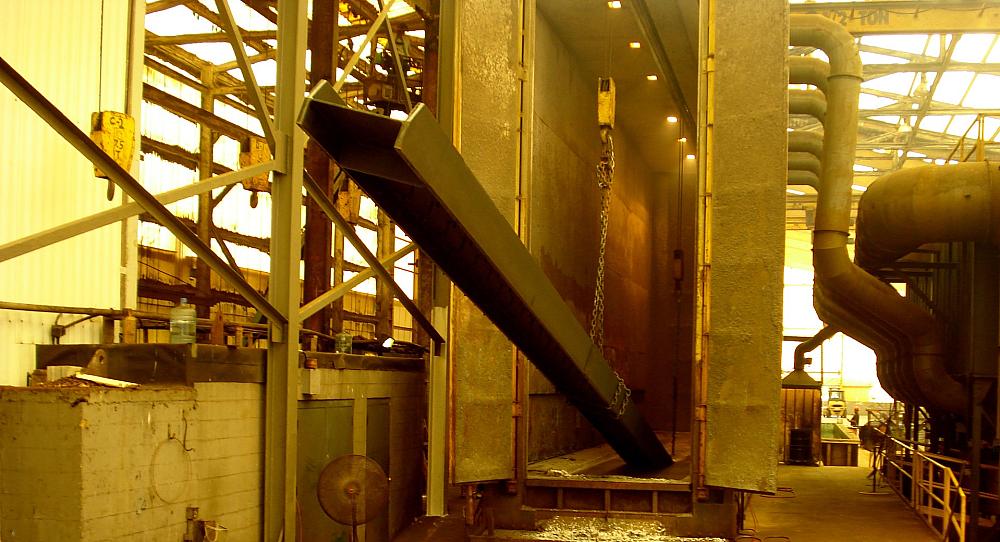
Then, if galvanizing kettle size is identified as a concern up front during the design phase, there are options to consider with advanced planning:
Modular Design
Almost any component can be galvanized by designing and fabricating in modules or sub-units suitable for available galvanizing facilities. Designing structures in modules or sub-units to accommodate the galvanizing kettle often provides additional savings in manufacturing and assembly because they simplify handling and transportation. The sub-units can be connected after galvanizing by bolting or field-welding.
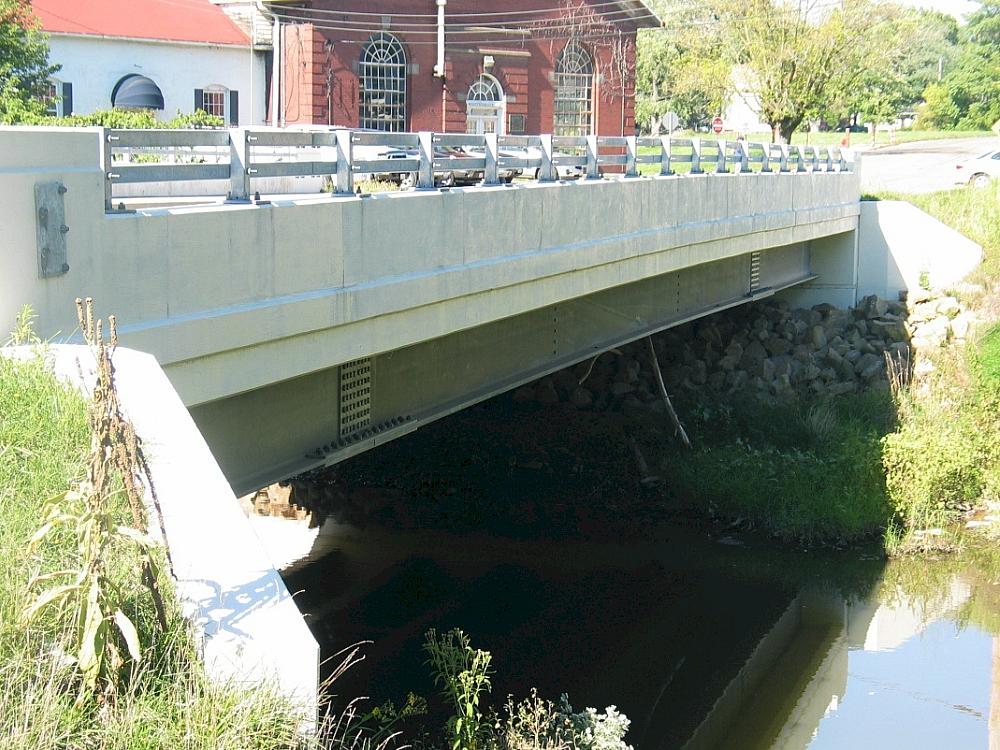
Progressive Dipping
If an item is too large for total immersion in the kettle, progressive dipping can be utilized. This process allows each end of the article to be sequentially immersed in the molten zinc. If at least half the article can be submerged, it can be dipped at an angle, flipped, and re-dipped to achieve full coverage with a small overlapping area. For slender articles or fabrications only a few inches tall, progressive dipping can nearly double the maximum length of steel articles that can be galvanized. However, for larger fabrications (rolled beams, plate girders), progressive dipping may only provide a 15-30% increase in lengths that can be galvanized. You can read more about how progressive dipping is performed in our Dr Galv article, The Progressive Dip Process.
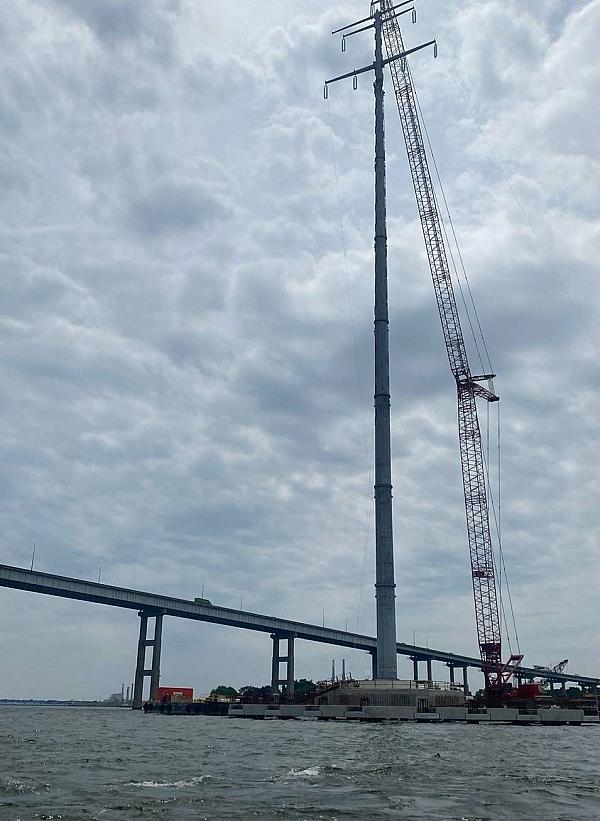
To help in determining progressive dip feasibility, the AGA offers Progressive Dip Charts for a quick estimation and a Progressive Dip Calculator for a more detailed analysis using information about the part and kettle dimensions. For example, according to the Progressive dip charts, a 40 ft long by 4 ft deep kettle will accommodate a 60 ft long item ≤1ft in height. Still, it’s always wise to consult directly with the galvanizer before assuming a large steel item will fit in their kettle. In addition to size, the decision to progressive dip should also consider the handling capabilities of the galvanizer (plant layout and overhead crane capacity) ability to mitigate the risk of warpage/distortion, and the acceptability of the finish near the overlap line. For more information, see Dr Galv article on Considerations for Progressive Dipping.
Progressively dipped pieces often have an overlap area that is visible on the piece. The line or darker area is purely cosmetic and will fade over time as the coating weathers naturally. For visual examples of HDG naturally weathering, see Dr Galv article, Examples of Natural Weathering on HDG Appearance. As the overlap area will most likely develop a thicker coating, it is important to consider if the excess zinc will impact a connection point with other pieces and should be avoided, such as for faying surfaces. If required, the excess coating thickness can be buffed or ground down even with the surrounding coating.
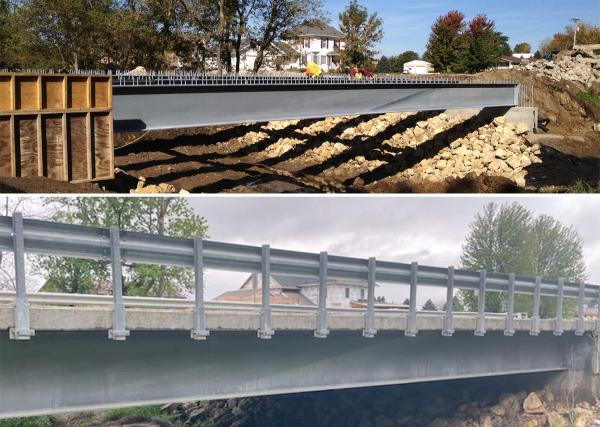
Hybrid Option
For projects containing a mixture of components suitable and unsuitable for hot-dip galvanizing due to size, a tandem coating of HDG and thermal spray zinc (otherwise known as TSZ or zinc metallizing) should be considered for maximum cost efficiencies while leveraging the benefits of both coatings.
On a practical level, this could mean hot-dip galvanizing smaller or more complex components of a project that fit within the kettle while zinc metallizing those components that are too large, but otherwise have accessible surfaces for zinc metallizing application. It could also mean hot-dip galvanizing each end of an oversized item, but zinc metalizing any mid portion which was unable to be coated due to size.
In rare instances, the feasibility of hot-dip galvanizing a large fabrication is not considered until after fabrication. At this stage, design changes such as adding a field splice can be difficult, so in most cases this challenge is resolved by changing the coating selection of the oversized component to zinc metallizing or paint while the remainder of the project is hot-dip galvanized. To avoid this outcome, fabrication and kettle sizes should be discussed as early as possible in the design process.
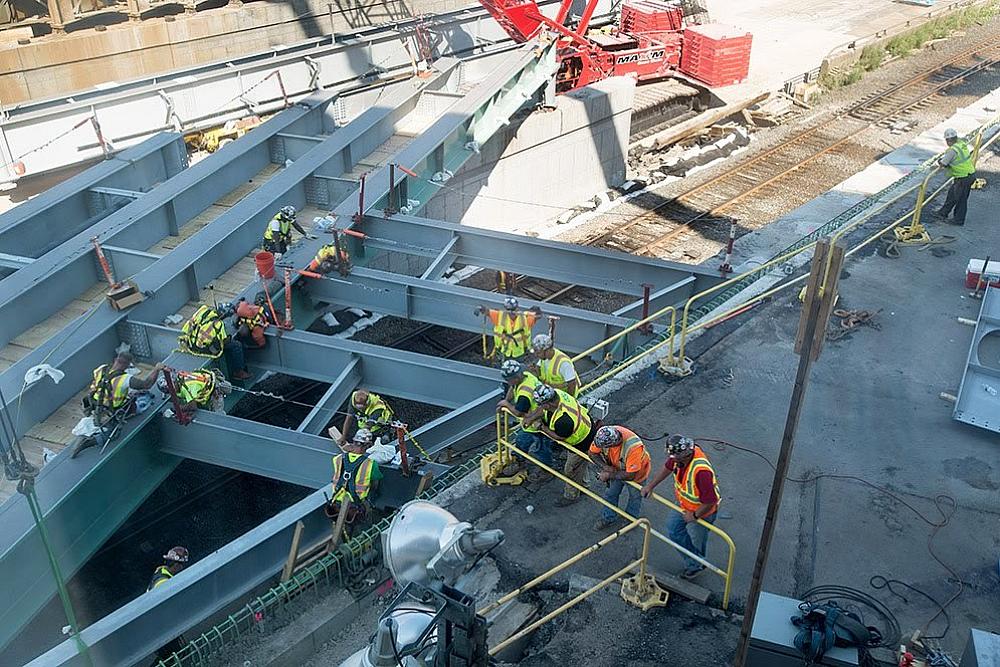

Direct Consult of the Galvanizer
Ultimately, some items are just too large to galvanize. However, we always recommend discussing this with your galvanizer, especially if it’s a close fit. Nobody knows their kettle and crane capacities better than the galvanizer, and many have found creative ways to accommodate awkward or oversized pieces using depth, diagonal positioning, and even kettle corners.
While kettle size is an important consideration, it does not have to be the deciding factor. With techniques like progressive dipping and smart, modular design, the limitations of kettle size can often be worked around or designed out entirely.
© 2025 American Galvanizers Association. The material provided herein has been developed to provide accurate and authoritative information about after-fabrication hot-dip galvanized steel. This material provides general information only and is not intended as a substitute for competent professional examination and verification as to suitability and applicability. The information provided herein is not intended as a representation or warranty on the part of the AGA. Anyone making use of this information assumes all liability arising from such use.


